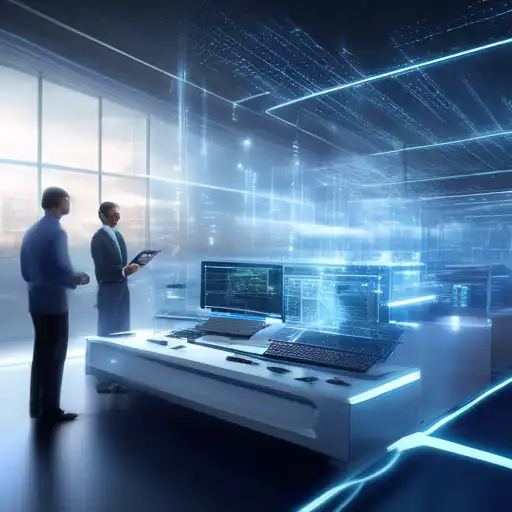Introduction to Edge Computing
Edge computing is transforming the way data is processed, stored, and delivered across millions of devices worldwide. By bringing computation and data storage closer to the location where it is needed, edge computing significantly reduces latency and bandwidth use, offering a faster and more efficient alternative to traditional cloud computing models.
Why Edge Computing Matters
In today's fast-paced digital world, speed and efficiency are paramount. Edge computing addresses the critical need for real-time processing and analysis, especially in industries like healthcare, manufacturing, and autonomous vehicles, where every millisecond counts. By processing data locally, edge computing minimizes the distance information must travel, leading to quicker insights and actions.
Key Benefits of Edge Computing
- Reduced Latency: By processing data closer to its source, edge computing eliminates the delays associated with sending data to a centralized cloud server.
- Bandwidth Savings: Local processing reduces the amount of data that needs to be sent over the network, saving bandwidth and reducing costs.
- Enhanced Privacy and Security: Keeping sensitive data local can help mitigate privacy concerns and reduce exposure to security threats during transit.
- Improved Reliability: Edge computing can operate independently of central systems, ensuring continuous operation even if connectivity is lost.
Edge Computing vs. Cloud Computing
While cloud computing has been the backbone of digital transformation, edge computing offers a complementary approach that addresses some of its limitations. Unlike cloud computing, which relies on centralized data centers, edge computing distributes processing power to the periphery of the network, closer to end-users and devices. This not only speeds up data processing but also alleviates the strain on cloud infrastructure.
Real-World Applications of Edge Computing
From smart cities to wearable technology, edge computing is enabling a wide range of applications. In healthcare, for example, edge devices can monitor patients in real-time, providing immediate feedback without the need for constant cloud connectivity. Similarly, in retail, edge computing allows for personalized customer experiences by analyzing data on the spot.
Challenges and Considerations
Despite its advantages, edge computing is not without challenges. Issues such as device management, security, and the need for standardized protocols must be addressed to fully realize its potential. However, with ongoing advancements in technology and increasing adoption across industries, the future of edge computing looks promising.
Conclusion
Edge computing represents a significant shift in how data is processed and utilized, offering faster, more efficient, and secure solutions for a connected world. As technology continues to evolve, the role of edge computing will only grow, paving the way for innovative applications and services that were previously unimaginable.
